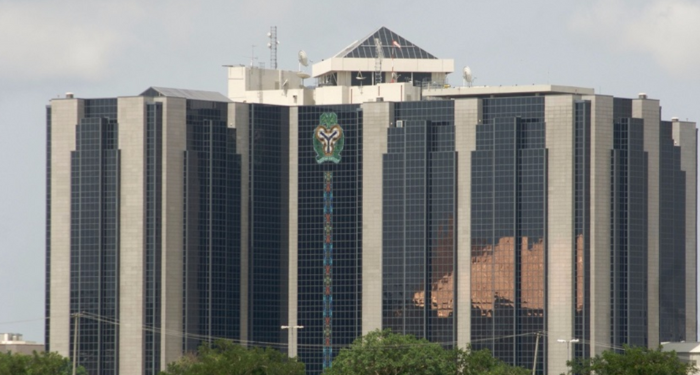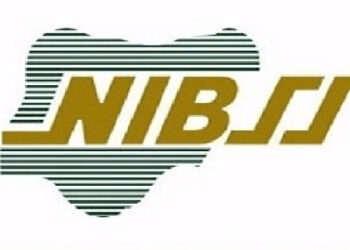The Central Bank of Nigeria (CBN) has reported high loan default rates among Large Private Non-Financial Corporations (PNFCs) and Other Financial Corporations (OFCs), raising fresh concerns about credit risk at the upper end of the lending market.
This is according to the apex bank’s Credit Conditions Survey Report for the first quarter of 2025.
Despite overall improvements in loan performance across most segments, the report shows that large firms and OFCs experienced a deterioration in loan repayments, with both segments posting negative default index scores of -0.6.
This marks a return to adverse credit performance for categories that had shown modest gains in previous quarters.
The report read, “Lenders reported lower default rates for Secured and Unsecured lending in the review quarter. For Corporate lending, Small businesses and Medium PNFCs reportedly had lower default rates, but Large PNFCs and OFCs had higher default rates.”
Defaults worsen for large corporates and financial institutions
The default index scores represent the net balance of lender responses, with negative values indicating that more lenders experienced worsening defaults than those who recorded improvements.
- In Q4 2024, large corporates had posted a positive default index of 4.3, following a 4.9 score in Q3. OFCs similarly performed better in the previous two quarters, recording 5.0 and 6.8, respectively.
- However, the latest reading suggests a reversal of that trend, pointing to increased strain on debt servicing capabilities among large firms and financial institutions. This development is significant as these borrowers typically account for a large share of commercial credit exposures.
- While large entities struggled, smaller segments of the market showed signs of recovery. Small businesses recorded a positive default index of 0.5, although down from 9.0 in the previous quarter, while medium-sized PNFCs saw their index settle to 3.0, with average better loan performance among these categories.
- This trend aligns with recent lending patterns that show increased access to credit and higher loan approvals for smaller businesses. Lenders are seeing stronger repayment behaviours from these borrowers, which may be linked to stricter loan underwriting standards and improved business cash flows.
Household lending continues positive run
The report also indicates sustained improvement in household loan performance. Secured loans recorded a default index of 3.9, while unsecured lending came in at 5.0 in Q1 2025. These figures reflect a continued rebound from the negative territory recorded in 2022 and early 2023, when household loan defaults had been a major source of concern for lenders.
The gains in household lending coincide with increased demand for credit in the segment, particularly for overdrafts and personal loans. However, lenders reported weaker demand for mortgage and credit card products during the quarter.
Credit conditions tighten amid rising demand
The CBN survey shows that while credit demand increased—especially for corporate and secured lending—lenders simultaneously tightened credit scoring criteria in Q1 2025. The proportion of loan approvals rose for secured and corporate lending but fell for unsecured lending, suggesting that lenders are becoming more selective, even amid strong appetite for credit.
- Notably, the demand for corporate loans was heavily driven by inventory finance needs, which lenders identified as the leading factor influencing borrowing trends during the quarter.
- On the pricing front, lenders reported that loan spreads over the Monetary Policy Rate (MPR) widened across most categories. Both secured and unsecured household lending saw higher spreads, indicating tighter risk pricing. For corporate loans, spreads also widened—with the exception of OFCs, which recorded a narrowing of spreads in Q1 2025.
This divergence may suggest that some lenders are attempting to accommodate OFCs despite their worsening default performance, possibly in anticipation of improved liquidity or government intervention.
Implications for credit risk and policy
The renewed decline in loan performance among large firms and OFCs may weigh on overall banking sector confidence, especially in light of ongoing macroeconomic adjustments.
While improvements in household and SME segments are encouraging, the poor performance at the top end of the credit spectrum could result in increased provisioning, tighter credit policies, or more cautious lending for large-ticket loans.
The CBN noted that the report reflects the views of participating lenders and does not represent the official position of the Bank. Nonetheless, the findings are a useful barometer for credit sentiment and risk assessment in Nigeria’s financial system.
























